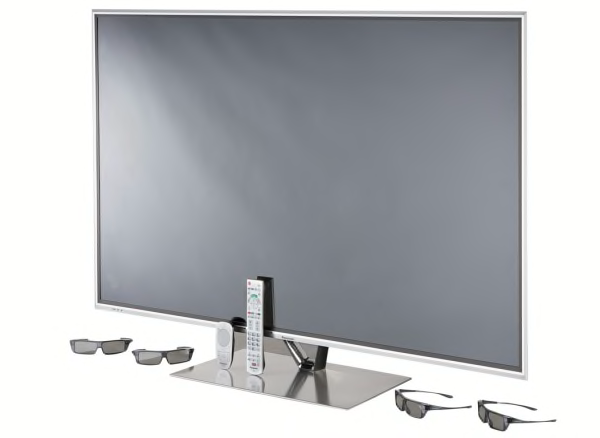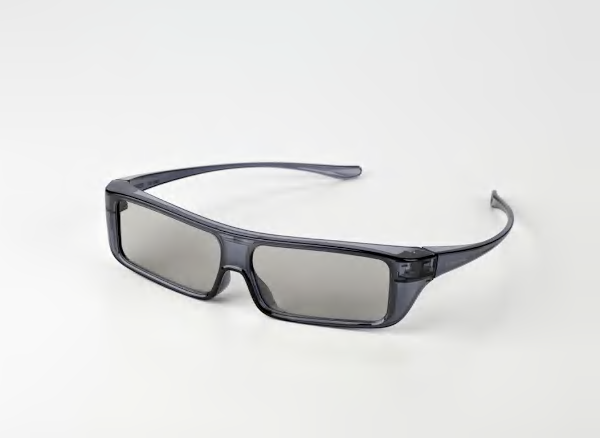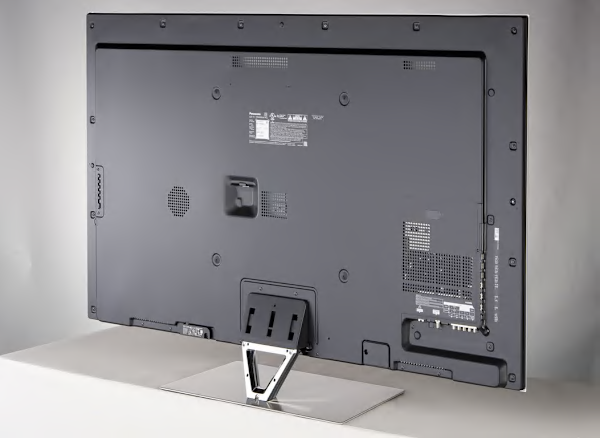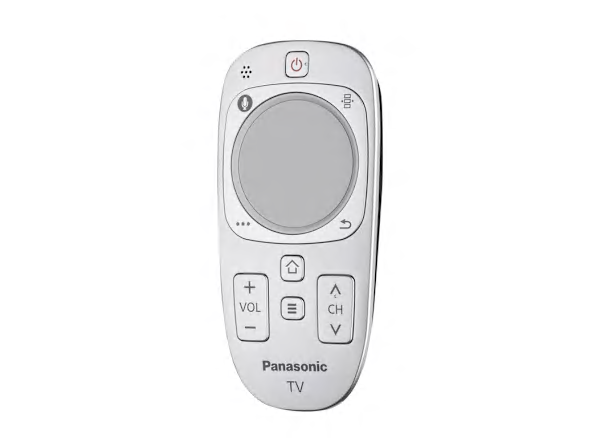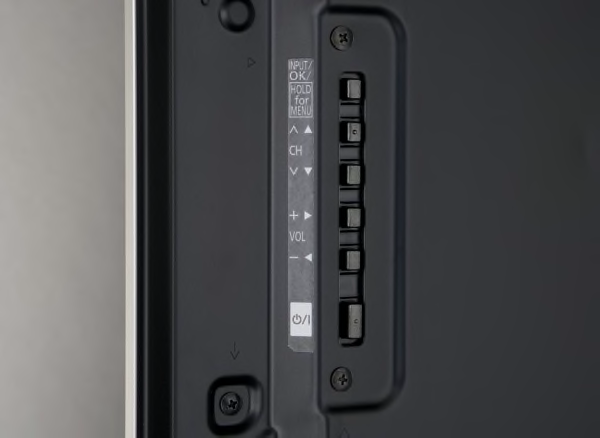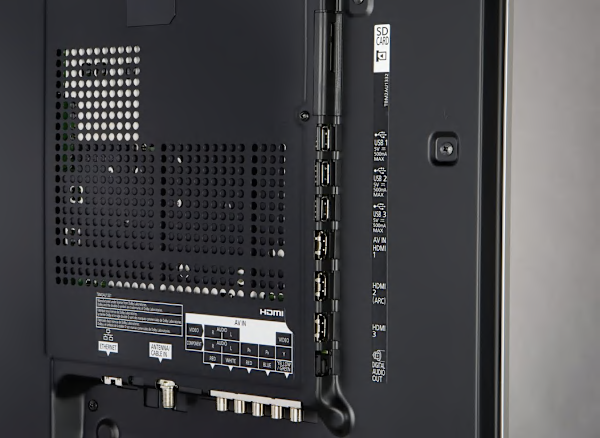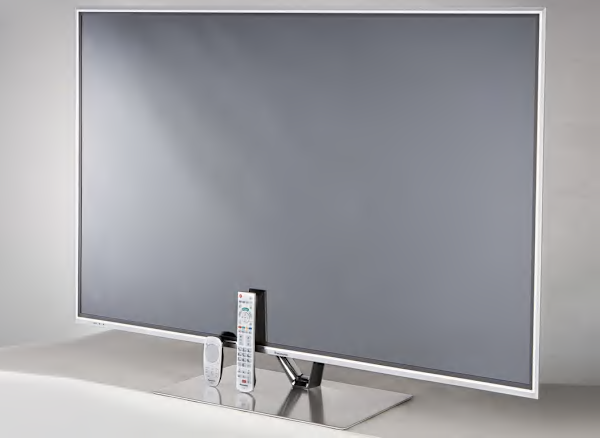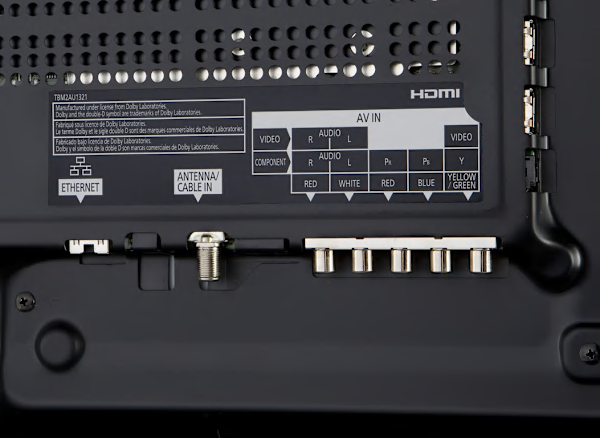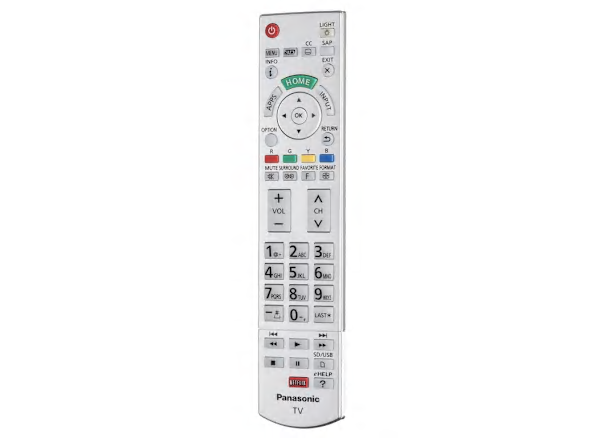PICTURE QUALITY This model had very good high-definition picture quality. It did a top-notch job displaying the finest detail. Color accuracy was excellent, so colors looked very natural and lifelike. Contrast--the difference between the darkest blacks and brightest whites--was good, so images showed some depth and dimension. In this respect, the TV was similar to most of the models we test. The brightness level was good, making it a suitable choice for most rooms. Black levels were only fair -- black areas of the image were too bright, and darker scenes looked unnaturally illuminated. Dark scenes, in particular, were lacking in contrast. In scenes with subtly shaded light-to-dark areas, such as a sky during sunset, the TV did a very good job producing a smooth transition without distinct, coarse bands. There was a slight uneven brightness effect created cloudy areas most noticeable on very dark scenes. We routinely see this type of issue with many brands of LCD TVs, regardless of the type of backlight used (CCFL or LED). Though it's generally not a significant problem, it can vary in degree from TV to TV.
VIEWING ANGLE This Panasonic has a wide viewing angle overall, better than that of most LCDs. It will provide the same picture quality, with fewer problems than most LCD sets, for typical viewing conditions--say, if your family is seated across a long sectional or in chairs off to the sides of the TV.
With brighter scenes, like sporting events, the display did a fine job maintaining accurate colors and decent contrast whether we moved off to the sides or were viewing from above or from below screen. The picture did show some dimming from the sides but not to any point we found distracting. With dark scenes the display didn't fare quite as well. When viewed from the sides, the depth of black levels varied depending on the vertical position of the viewer's head. As we moved closer to the screen this limitation became even more apparent, especially if seated on the floor looking upward where black levels brightened significantly. This display's wide viewing angle is best appreciated when viewed at eye level to the screen.
MOTION BLUR This Panasonic TV has very good motion performance, with minimal blurring on our motion tests, thanks to Panasonic's Motion Picture Setting. This feature is designed to reduce motion blur, a shortcoming of most LCD TVs. With the feature turned off, motion performance was only fair, with significant blurring on our motion tests.
SCREEN REFLECTIVITY Though not as mirror-like as on some LCDs, this screen surface is glossy and therefore susceptible to reflections from a nearby lamp or window. The screen is dark so it does a good job reducing glare from ambient light and maintains contrast even in a bright room.
3D PERFORMANCE The overall 3D effect was very good, on par with the better 3D displays. 3D images showed very effective depth, with little or no ghosting (left eye/right eye crosstalk) on our 3D test patterns and on a wide variety of 3D program content. There was an increase in ghosting when we viewed 3D images from above or below eye level, which got worse as you move closer to the TV. Images conveyed half 1080p, or 540 lines of resolution to each eye; there was visible loss of vertical detail when compared to models capable of 3D at full 1080p. 3D image content showed visible jaggies and moiré on fine detail due to the absence of half of the lines. Images were satisfyingly bright which made 3D viewing more comfortable.
SOUND QUALITY This TV's sound is only fair, acceptable for typical programming but shortcomings become obvious with movie soundtracks and music. It has a limited volume range allowing the TV to play just adequately loud. At more typical listening volume levels the TV's sound has only decent bass and impact, and is bright sounding. If sound quality matters to you, you might want to add a soundbar or other external speaker system to this set.
EASE OF USE Overall, we found the set easy to use. Setting up the TV for the first time was very easy, as was access to features and controls you'll probably adjust only once. Ease of access to features you typically use more often was very good. Also, the remote is very good, and the on-screen menu is easy to navigate.
Remote has a dedicated button to access Internet features, and to access 3D. All buttons on the remote are backlit so they're easy to see in the dark. The remote's major function buttons were sufficiently large and have high-contrast labeling, making them easier to see and navigate.
STAND ASSEMBLY Mounting the TV to the included support stand is fairly straightforward. The stand requires the assembly of a few parts before mounting.
INTERNET FEATURES This TV provides advanced Internet capability. Features include a full Web browser with support for Flash, which allows access to a wider selection of websites. Access to a library of applications is provided via "Viera Connect Market." Movie streaming services include: Amazon Instant Video, CinemaNow, Hulu Plus, Netflix, Vudu. It also supports an optional Web cam for access to video conferencing applications such as Skype.
CONNECTIONS This TV includes three HDMI inputs, one shared connection between the component and composite inputs (which means you can only use one type or the other at a time), optical digital audio out, three USB ports, an Ethernet port, built-in Wi-Fi, and a Secure Digital memory card slot. Wireless connectivity includes: DLNA network file sharing, and Bluetooth audio connection. The cable connections on the rear panel are recessed with side or bottom-facing ports, so wires don't protrude beyond the display's depth.
INCLUDED IN THE BOX The TV comes with: a printed user manual, an electronic manual in the TV's menu, a quick start guide, two remotes with batteries, and four pairs of 3D glasses. ABOUT FIRMWARE VERSION: Our test results and picture settings are valid for the version of firmware indicated. If your TV's firmware differs from the one shown you either have an older or a newer version of firmware. Manufacturers may periodically upgrade the TV's firmware to enhance operation, fix bugs, or add features. Firmware upgrades may be downloadable directly to your TV via a wired or wireless network (if internet capable), USB port, or memory card, depending on your TV's capability. You can check your TV's firmware version, or upgrade to the latest firmware by pressing the menu button on your remote and navigating to the appropriate submenu, typically under settings. Consult the user manual or manufacturer's website if further guidance is needed.

















